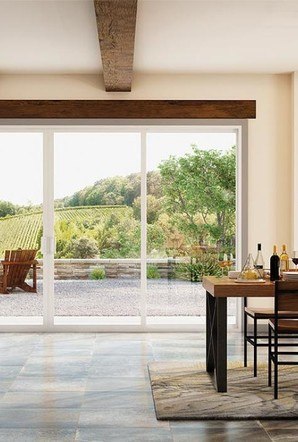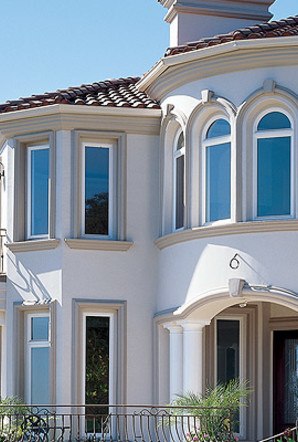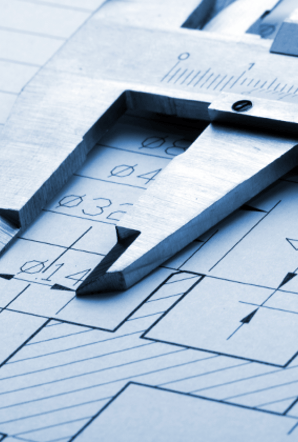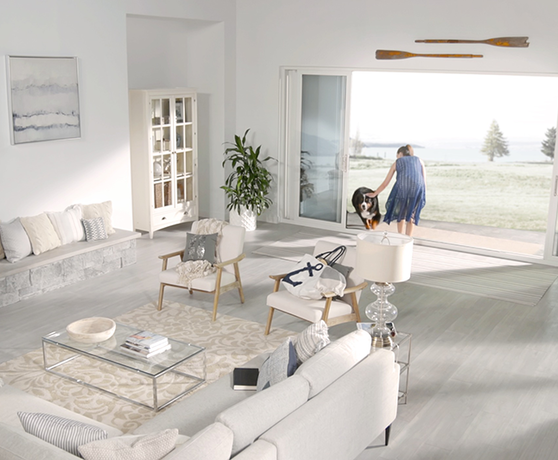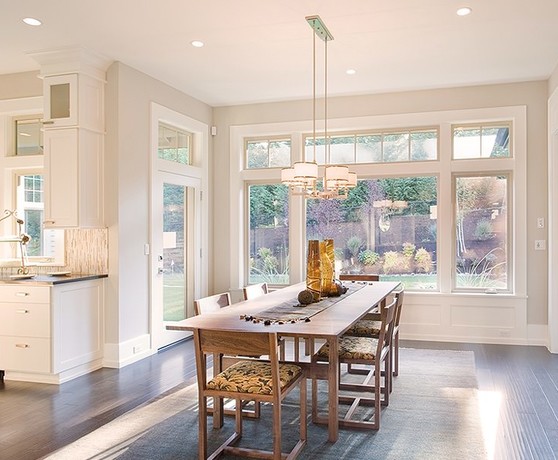1. Prioritize Your Projects
Consider breaking your renovation into phases, especially if you're working with a tight project budget. Start with projects that are the most urgent or offer the highest ROI, such as minor kitchen or bathroom renovations that can significantly increase your home's value. This approach allows you to manage costs and avoid taking on too much debt at once.
2. Work Out the Details
Before you begin any work, get detailed estimates that include all possible expenses related to the project. This includes materials, labor, furniture, and any additional costs, like hotel rooms if you’ll need to move out temporarily. A home renovation budget template can help you break out each expense so you can have a clear picture of the total cost. You won’t want any surprises once you get started!
3. Get Multiple Estimates
Don’t settle for the first quote you receive. Instead, get multiple estimates from different contractors. This will not only give you a spectrum of prices but also leverage in negotiations. Comparing quotes from window installation companies and other contractors can also provide insights into where you can cut costs without compromising quality.
4. Finalize Your Plans
Mid-project changes can be one of the biggest project budgeting busters. Once construction starts, every change to the plan can mean additional costs. Make sure your plans are finalized, and you’re satisfied with all design choices before the work begins. Thoroughly exploring all your options can save you money down the line.
5. Understand Fee Arrangements
Architect and contractor fees are a crucial part of your home renovation budget. Architects typically charge either a fixed fee, a percentage of the total project costs (usually between 5% and 20%), or by the hour. Contractors might offer a bid or fixed price for the entire project, charge time and materials, or use a cost-plus model where the cost of materials and a percentage markup are charged. Make sure you know your fee arrangement before work begins.
6. Check for Tax Breaks
Some home renovations, such as installing new windows or heating and cooling systems, may qualify for tax deductions or credits, especially if they improve energy efficiency. Research local, state, and federal tax incentives. For instance, the U.S. federal government offers specific tax breaks for energy-efficient windows that could impact your project budgeting process.
7. Consider Labor Costs
Labor costs can vary significantly depending on your location, the complexity of the work, and the contractors’ expertise. Urban areas typically have higher labor rates compared to rural regions. Also, specialized construction project budgeting, like electrical or plumbing work, might cost more than generalized labor. Getting multiple quotes and understanding the breakdown of labor costs can help you manage your budget effectively.
8. Don’t Forget Cleanup Costs
Post-renovation cleanup is essential but often overlooked in project budgeting. The cost of final cleaning can be up to $2,000 or more, especially if heavy debris, such as construction materials or large items, need to be removed. Discuss with your contractor who is responsible for the cleanup and whether it’s included in the project cost or requires an additional fee.
9. Go Off-Season
Looking to save money in your home renovation budget? Scheduling your renovation during the off-season – typically late fall through early winter – can result in lower costs as demand for services decreases. Contractors are more likely to negotiate rates to keep their crew busy during these slower months, and suppliers may offer discounts on materials.
10. Explore Your Financing Options
There are several options for financing your home renovation, including savings, home equity loans, personal loans, or credit cards. Each option comes with its pros and cons, such as interest rates, repayment terms, and loan amounts. Consider your long-term financial health and choose a financing method that minimizes costs while providing the project budgeting flexibility you need.













